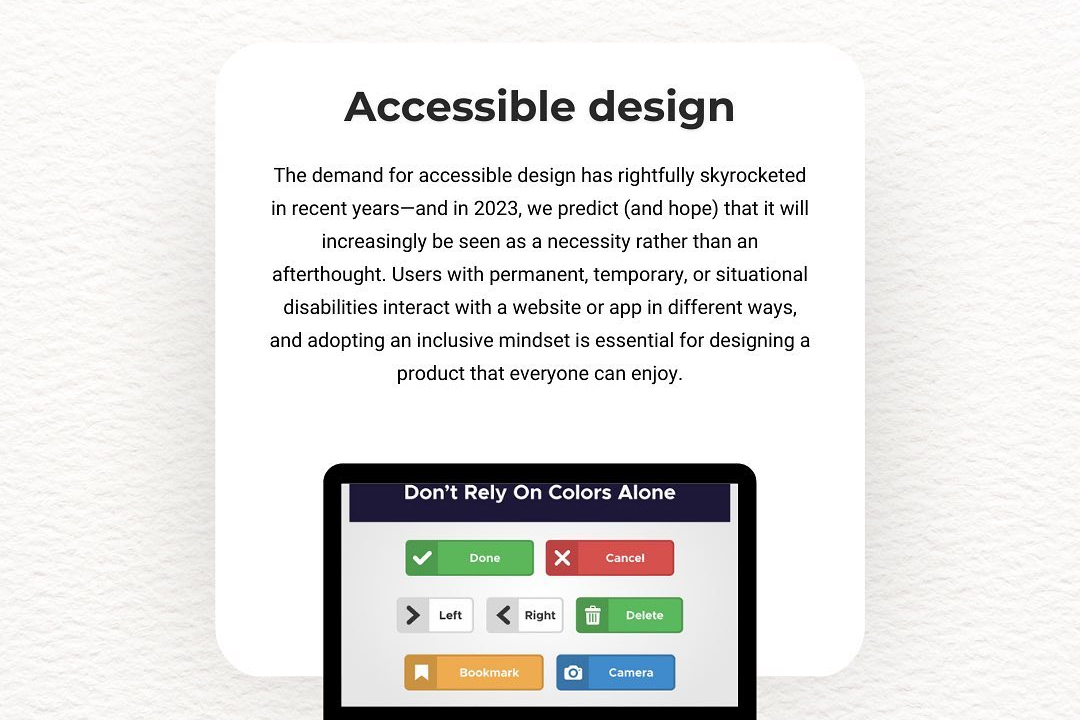Fibonacci Series Program PHP
The Fibonacci series program in PHP generates a sequence of numbers where each number is the sum of
Fibonacci Series Program PHP
A Fibonacci series program in PHP is a valuable coding exercise that helps programmers understand fundamental concepts such as loops, recursion, and sequence generation. This sequence, where each number is the sum of the two preceding ones, appears in various natural and scientific contexts, making its implementation crucial for developing problem-solving skills. Learning to create Fibonacci series scripts in PHP enhances one's ability to work with iterative processes, optimize code, and develop a strong foundation for more complex algorithms, thus supporting a wide range of applications in programming and software development.
To Download Our Brochure: https://www.justacademy.co/download-brochure-for-free
Message us for more information: +91 9987184296
A Fibonacci series program in PHP is a valuable coding exercise that helps programmers understand fundamental concepts such as loops, recursion, and sequence generation. This sequence, where each number is the sum of the two preceding ones, appears in various natural and scientific contexts, making its implementation crucial for developing problem solving skills. Learning to create Fibonacci series scripts in PHP enhances one's ability to work with iterative processes, optimize code, and develop a strong foundation for more complex algorithms, thus supporting a wide range of applications in programming and software development.
Course Overview
The ‘Fibonacci Series Program PHP’ course provides a concise introduction to generating Fibonacci sequences using PHP. It covers fundamental concepts of loops, recursion, and sequence logic, enabling learners to build efficient scripts for Fibonacci series. Ideal for beginners, this course equips participants with practical skills to implement and customize Fibonacci algorithms, enhancing their PHP programming abilities for real-world applications.
Course Description
Learn how to generate Fibonacci series in PHP with this quick and practical course. Covering loops, recursion, and sequence logic, it helps beginners create efficient Fibonacci algorithms for real-world use.
Key Features
1 - Comprehensive Tool Coverage: Provides hands-on training with a range of industry-standard testing tools, including Selenium, JIRA, LoadRunner, and TestRail.
2) Practical Exercises: Features real-world exercises and case studies to apply tools in various testing scenarios.
3) Interactive Learning: Includes interactive sessions with industry experts for personalized feedback and guidance.
4) Detailed Tutorials: Offers extensive tutorials and documentation on tool functionalities and best practices.
5) Advanced Techniques: Covers both fundamental and advanced techniques for using testing tools effectively.
6) Data Visualization: Integrates tools for visualizing test metrics and results, enhancing data interpretation and decision-making.
7) Tool Integration: Teaches how to integrate testing tools into the software development lifecycle for streamlined workflows.
8) Project-Based Learning: Focuses on project-based learning to build practical skills and create a portfolio of completed tasks.
9) Career Support: Provides resources and support for applying learned skills to real-world job scenarios, including resume building and interview preparation.
10) Up-to-Date Content: Ensures that course materials reflect the latest industry standards and tool updates.
Benefits of taking our course
Functional Tools
1 - PHP Programming Language: PHP (Hypertext Preprocessor) is the core tool used in this course, enabling students to develop server side scripts for generating Fibonacci sequences. It is widely used for web development due to its simplicity and versatility. Students will learn to write, execute, and debug PHP code efficiently, gaining hands on experience with syntax, functions, and variables specific to PHP. Working with PHP helps them understand dynamic content creation and backend logic, essential for many real world applications. The course emphasizes practical implementation, allowing students to see immediate results of their code on local servers or online platforms, fostering a comprehensive learning experience in scripting.
2) Integrated Development Environment (IDE): Students will use popular IDEs such as Visual Studio Code, PHPStorm, or Sublime Text, which offer features like code highlighting, auto completion, and debugging tools. These environments streamline the coding process, reduce errors, and increase productivity by providing an organized workspace. The course covers how to set up and customize IDEs for optimal PHP development, helping students comfortably write, test, and refine their Fibonacci program. Familiarity with IDEs accelerates learning and prepares students for professional software development where such tools are standard.
3) XAMPP/WAMP Server: To execute PHP scripts locally, students will utilize XAMPP or WAMP server packages, which combine Apache, MySQL, PHP, and other components into an easy to install package. These servers enable a development environment that mimics production settings, allowing learners to run PHP code seamlessly on their personal computers. Setting up and managing these servers teaches students important skills in server administration, configuration, and local hosting. It also provides a platform to test their Fibonacci programs in a real world environment, ensuring proper understanding of client server interactions.
4) Version Control System (Git): Git is introduced as a version control tool, essential for tracking changes, collaborating efficiently, and maintaining code history. Installing Git and using platforms like GitHub or GitLab allows students to manage their course projects systematically. They will learn commands for committing, branching, merging, and reverting code—crucial skills for professional development. This tool encourages disciplined coding practices, facilitates peer reviews, and prepares students for collaborative projects in the industry, ensuring that their Fibonacci implementations are well documented and manageable across different versions.
5) Debugging Tools: The course incorporates debugging tools integrated within IDEs or standalone applications like Xdebug, helping students identify and fix errors systematically. Debugging is vital for ensuring code correctness and stability, especially as programs become more complex. Students will learn to set breakpoints, step through code, and monitor variable states, which enhances problem solving skills and deepens their understanding of program flow. Mastering debugging tools reduces development time and improves the quality of their Fibonacci programs, instilling best practices for troubleshooting in real world scenarios.
6) Documentation and Commenting Tools: Emphasis is placed on using inline comments and documentation generators within IDEs to write clear, maintainable code. Proper documentation aids in understanding logic, algorithms, and program structure, which is especially useful for complex recursive or iterative Fibonacci implementations. Students will learn how to annotate their code effectively, fostering good programming habits that are valued professionally. Well documented projects not only facilitate learning during the course but also prepare students for collaborative coding environments where clarity and maintainability are essential.
7) Code Editors and Syntax Highlighting: The course introduces students to advanced code editors that support syntax highlighting, code snippets, and auto formatting features. These tools enhance readability and make it easier to identify syntax errors, improving overall coding efficiency. Learning to customize editor settings helps students develop a personalized and productive coding environment, leading to faster development of their Fibonacci programs.
8) Command Line Interface (CLI): Students will be guided through using the command line to run PHP scripts, set up projects, and manage files. Familiarity with CLI commands enhances their ability to work efficiently outside of IDEs, which is crucial in real world deployments and server management. This skill also simplifies executing batch scripts or automating tasks related to Fibonacci sequence generation.
9) Performance Profiling Tools: The course covers performance analysis tools such as Xdebug Profiler or Blackfire, which help students optimize their PHP code for speed and resource efficiency. Understanding how to identify bottlenecks ensures that their Fibonacci algorithms are not only correct but also performant, a key aspect when scaling applications or working on large datasets.
10) Error and Exception Handling: Instruction on PHP’s error and exception handling mechanisms equips students to build robust, fault tolerant Fibonacci programs. They learn to anticipate and manage runtime errors gracefully, improving program stability and user experience. This foundational knowledge fosters best practices for writing resilient code that can handle unexpected issues.
11 - Testing Frameworks: The course introduces testing tools like PHPUnit, enabling students to write unit tests for their Fibonacci functions. Automated testing ensures correctness, facilitates code refactoring, and promotes confidence in their implementations. Learning Test Driven Development (TDD) principles prepares students for maintaining high quality code in professional environments.
12) Database Integration Basics: An overview of integrating PHP with databases such as MySQL helps students understand how to store, retrieve, and manage large sequences or logs related to Fibonacci calculations. This integration is essential for developing real time applications, analytics dashboards, or data driven services involving Fibonacci sequences.
13) Server Deployment & Hosting: The course includes a module on deploying PHP applications to live servers or cloud platforms, introducing students to hosting environments, domain setup, and security considerations. Such knowledge is vital for launching and maintaining scalable Fibonacci projects, preparing students for entrepreneurial or enterprise level development.
14) Collaboration Tools: Utilizing collaboration platforms like GitHub, Bitbucket, or GitLab, students learn best practices for sharing code, conducting code reviews, and managing team projects. These skills foster collaborative development habits, vital for participating in professional software projects involving Fibonacci algorithms or related applications.
15) Code Optimization Techniques: Beyond basic implementation, students explore optimization strategies such as memoization, iterative solutions, and tail recursion, which improve the efficiency of Fibonacci algorithms. Understanding these techniques enables them to write high performance code suitable for complex or resource constrained environments.
16) Continuous Integration & Deployment (CI/CD): An introduction to CI/CD pipelines using tools like Jenkins or GitHub Actions educates students on automating testing and deployment processes. This prepares them for maintaining reliable and rapid development workflows, ensuring their Fibonacci projects and associated applications are consistently deliverable and up to date.
17) Learning Resources & Community Engagement: Guidance on how to leverage online forums, documentation, code repositories, and community support networks helps students stay updated with the latest PHP developments and best practices. Engaging with the developer community fosters ongoing learning and professional growth in building Fibonacci related or other software solutions.
Browse our course links : https://www.justacademy.co/all-courses
To Join our FREE DEMO Session:
This information is sourced from JustAcademy
Contact Info:
Roshan Chaturvedi
Message us on Whatsapp:
Email id: info@justacademy.co
Demonstration Of Php Program Which Includes Database Access
The Complete React Native + Hooks Course 2020 Edition Coupon












